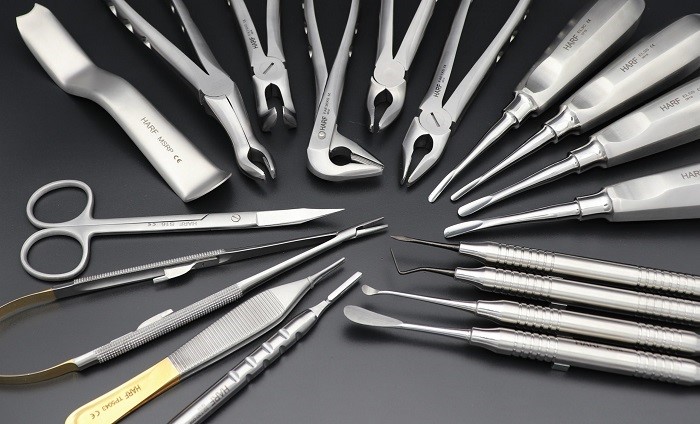The perioperative environment for dental procedures has evolved drastically since its inception. Minimally invasive procedures coupled with precision instruments are meant to reduce trauma and improve healing.
Innovations such as dental implants have further improved oral healthcare practices. It wouldn’t be an understatement to say that visits to the dentists aren’t what they used to be.
Hygiene and Oral Health
Before we get into the possible procedures a dentist can perform to improve oral health, it is necessary to understand preventative measures. After all,
“Every tooth in a man’s head is more valuable than a diamond” – Miguel de Cervantes
In an article titled; oral health: A window to your overall health, A renowned medical information platform talks about the effect of oral health on the rest of the body. Conditions such as Endocarditis, cardiovascular disease, birth complications, and pneumonia may be associated with poor dental health.
Of course, underlying health conditions also have a vice-versa effect on oral health. But, proper dental hygiene can inadvertently improve overall health if there are no underlying medical conditions.
It is inarguably as simple as a brush-floss-rinse routine.
Common oral Procedures and the use of surgical instruments
Like other medical disciplines, dental surgical instruments are designed specifically for – well dental procedures. An abdominal retractor cannot be used in the oral cavity and an anglevator isn’t useful in cardiovascular procedures.
The important thing to understand is the quality of these instruments especially if you are responsible for purchasing these for a dental practice. The role of fine craftmanship in surgical tools is not confined to the manufacturer and buy of these tools.
The quality of these instruments impacts their application in surgery which in turn affects the efficacy of care patients receive. Understanding common procedures and what to look for in tools that are used in said procedures is vital to purchasing decisions a professional associated with healthcare makes.
Root Canal
This is a common procedure that prevents the need for extraction by removing infected tissue and pulp from the base of the connective tissue. There are several tools used during this treatment. These may include periotomes, curettes and explorers, and dental spatulas.
Premium quality stainless steel is the ideal material for these tools along with a sturdy warranty to get them restored and repaired when needed. these are versatile instruments that are used across several surgeries.
Scaling and cleaning
This is an oral hygiene procedure that is performed using one of the most common dentistry instruments, curettes. This is a handheld instrument used to remove and scoop out the debris, calculus, and build-up from affected teeth.
Two variations are used when performing root planing and scaling, namely, universal and Gracey curettes. There are several other variations of the instrument that may be used based on the placement of the tooth being treated.
The working ends of the instrument are angled and curved to give the dentist complete control over their movements when removing food deposits and calculus from the periodontium. This process helps reduce bacterial biofilms leading to a healthier oral cavity.
Therefore, the quality and make of the curettes aren’t something a dental practitioner can compromise on. variations such as; Kramer Nevins, Kirkland, Columbia, debridement, furcation, Lucas, and a wide range of configurations in Gracey curettes Prove highly useful in this dental hygiene process.
Dental Implants
This is a complicated surgical procedure that may take anywhere from two to six months depending on which stage it begins at. Before prosthetics can be implanted, a dentist first uses Oral Surgery Instruments such as extraction Forceps, Prioetomes, Anglevators, and excavators.
However, during the implanting process, they may employ dental chisels and tissue punches. A dental chisel is a tool used to contour and shape the bone before an implant can be faced. This is also useful in creating a purchase point for n atraumatic removal before an implant can be placed.
Tissue punches are also used before a prosthetic is placed. There are several variations a prosthodontist can use to manipulate the tissue base. From curved or straight working end to the lightweight ergonomic handle, this is an essential apparatus for this procedure.
Tooth Extraction
Despite a dentist’s best efforts to preserve teeth, poor hygiene and underlying health conditions cause severe decay and inflammation. This eventually leads to the need for an extraction. During an extraction, procedure dentists used a combination of extraction forceps, luxation elevators, and periotomes.
However, with the invention of the Anglevatorextractions are completely atraumatic and the shape of the gingiva isn’t compromised. This innovative instrument is designed and patented by GerDentUSA Inc. They are one of the top surgical instrument manufacturers and suppliers who deliver premium-grade precision across the globe.
Anglevator
The Anglevator is an ergonomic instrument that easily reaches into the periodontal ligament, severs tissue, and luxates the tooth enough to remove it without the need for forceps.

